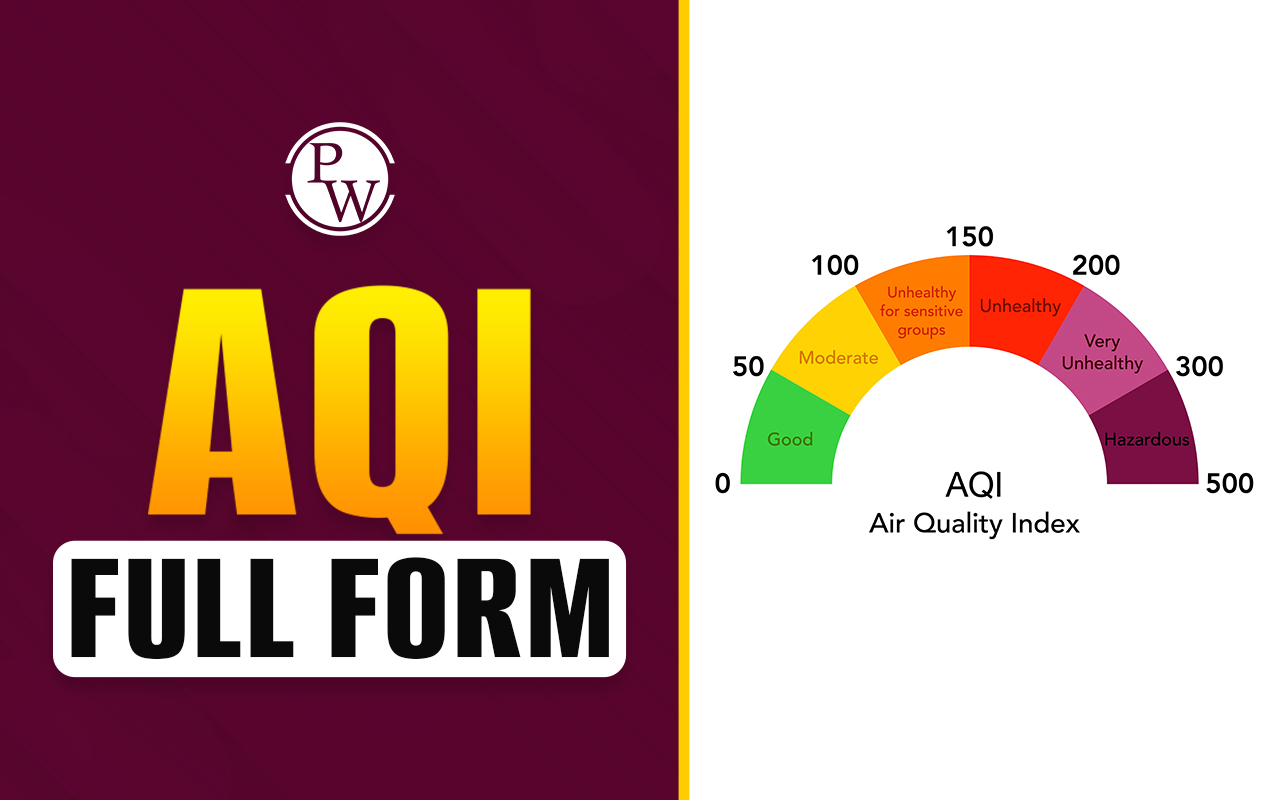

ATGM stands for Anti-Tank Guided Missile. A type of guided missile designed to destroy tanks and other armored vehicles. These missiles use guidance systems, such as wires or infrared, to track and hit their target. They are typically carried by infantry soldiers, ground vehicles, or helicopters, and used to engage enemy armored units at ranges beyond the effective range of traditional anti-tank weapons.
History of ATGM
The history of ATGMs can be traced back to World War II when the first wire-guided anti-tank missiles were developed. These early ATGMs were relatively simple in design, with a small warhead and limited range, but they offered a significant advantage over traditional anti-tank weapons, such as anti-tank guns, in their ability to penetrate the armor of tanks and other armored vehicles.
In the decades following World War II, ATGMs underwent significant development and improvement, with the introduction of more advanced guidance systems and larger, more powerful warheads. During the Cold War, the use of ATGMs became widespread, with both NATO and the Warsaw Pact countries developing and fielding a wide range of ATGM systems.
Generations of ATGM
The generations of Anti-Tank Guided Missiles (ATGMs) are a way of categorizing and classifying the evolution of these weapons over time.
First Generation ATGMs: The first generation of ATGMs, developed in the 1950s and 1960s. These early ATGMs were primarily wire-guided and relied on manual guidance from the operator. They were relatively simple in design and had limited range and accuracy.
Second Generation ATGMs: The second generation of ATGMs emerged in the 1970s and 1980s. These missiles were semi-automatic, meaning that the operator had to guide the missile to the target, but the missile would automatically follow the designated path.
Third Generation ATGMs: The third generation of ATGMs emerged in the 1980s and 1990s. These missiles are designed to fire and forget, meaning that the operator could launch the missile and then disengage, leaving the missile to track the target on its own.
Fourth Generation ATGMs: The fourth generation of ATGMs is the current generation of ATGMs, and it builds on the advances of the previous generations. Fourth-generation ATGMs, equipped with advanced guidance technologies, such as GPS/INS guidance and millimeter-wave radar guidance capable of striking targets at long ranges with high precision.
Guidance Technologies used in ATGMs
There are several types of guidance technologies used in Anti-Tank Guided Missiles (ATGMs), including:
Wire Guidance: Wire guidance is the oldest and simplest form of guidance technology used in ATGMs. In this system, a thin wire is connected to the launch platform and the missile.
Semi-Automatic Command to Line-of-Sight (SACLOS): SACLOS is a type of guidance technology that uses a laser guidance system to direct the missile to the target.
Fire-and-Forget: Fire-and-forget is a type of guidance technology that uses passive imaging infrared guidance to track the target.
Imaging Infrared Guidance: Imaging infrared guidance uses a passive imaging infrared seeker to detect and track the target.
GPS/INS Guidance: GPS/INS guidance uses a combination of GPS and inertial navigation systems to guide the missile to its target. In this system, the missile is equipped with GPS and inertial measurement units.
ATGMs in India
A list of some of the Anti-Tank Guided Missiles (ATGMs) used in India, along with their developers and key specifications:
Milan
The Milan is a French-designed ATGM that has been in service with the Indian Army since the 1980s. The Milan, developed by MBDA and is a wire-guided ATGM. Key specifications include a range of 2,500 meters, a warhead weight of 10 kg, and a maximum speed of 300 m/s.
Konkurs
The Konkurs is a Russian-designed ATGM that has also been in service with the Indian Army for many years. The Konkurs, developed by KBP Instrument Design Bureau and is a wire-guided ATGM. Key specifications include a range of 3,000 meters, a warhead weight of 10 kg, and a maximum speed of 300 m/s.
Nag
The Nag is an Indian-designed and developed ATGM specifically designed to meet the unique requirements of the Indian armed forces. The Nag, developed by the Defence Research and Development Organisation (DRDO) and is a fire-and-forget ATGM that uses passive imaging infrared guidance. Key specifications include a range of 4 km, a warhead weight of 9 kg, and a maximum speed of 300 m/s.
Helina
The Helina is an Indian-designed and developed ATGM that is based on the Nag platform, developed by DRDO, and designed to engage armored vehicles and other high-value targets from the air. Key specifications include a range of 7 km, a warhead weight of 7.5 kg, and a maximum speed of 320 m/s.
Amogha
Amogha is an Indian-made Anti-Tank Guided Missile (ATGM) developed by Bharat Dynamics Limited (BDL), a government-owned aerospace and defense company in India. The Amogha ATGM is a third-generation, fire-and-forget, passive imaging infrared guidance system-based missile with a maximum range of 4 kilometers, a warhead weighing approximately 8 kg and a maximum speed of approximately 300 m/s.
[wp-faq-schema title=" Full Form of ATGM FAQs" accordion=1]
What is an Anti-Tank Guided Missile (ATGM)?
What are the different types of ATGMs?
What are the advantages of ATGMs?












